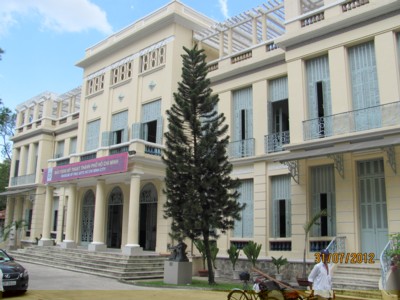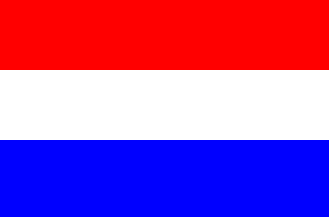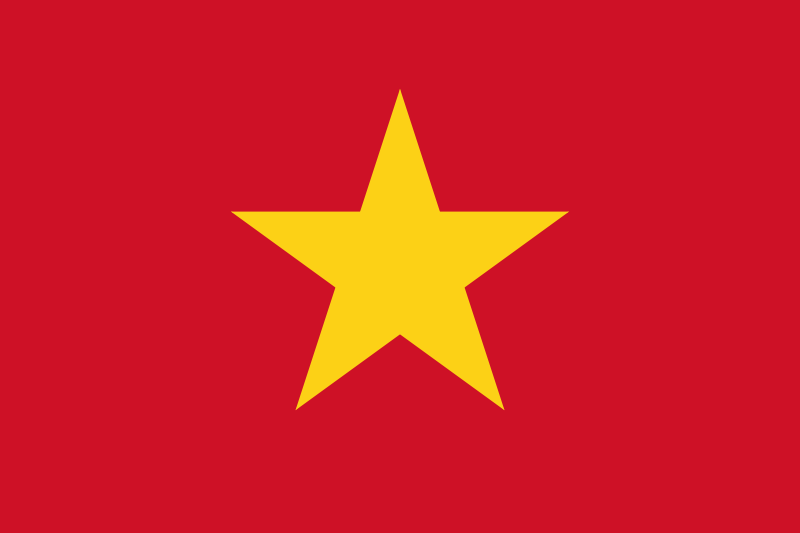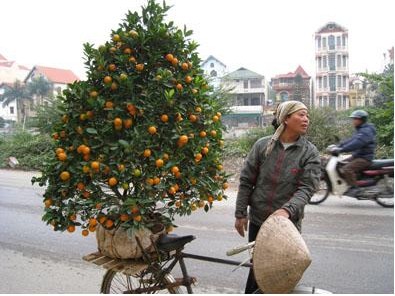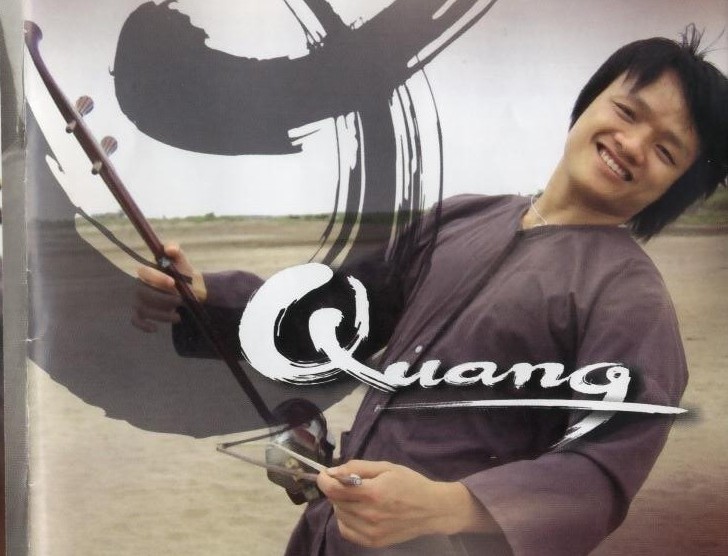- Productie: S2B discover!
- More about Vietnam
- Redactie: Roby Bellemans
A bit about Việt Nam
A bit of Vietnamese-Dutch history
It is now more than four hundred years since the first Dutch visited Vietnam . It's all very
exciting described in "Lion and Dragon, four centuries of Dutch-Vietnamese relations" ( * ) .
The book is worth to buy and read it. .
Hoang Anh Tuan, PhD at the University of Leiden 2006 with a thesis on the VOC in Tonkin (
the old name of Ha Noi). describes excellent the trade and fights where the Dutch were
involved. There is also an old card that shows where the Dutch Factorij (trading post) was
located .
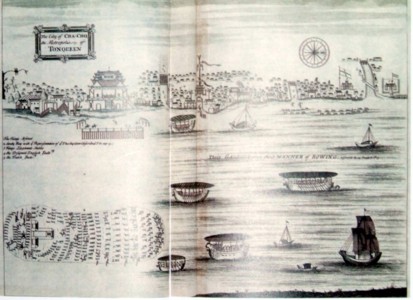
Ha Noi 400 years ago, from ' Lion and Dragon '
When I send this picture to our correspondent Huyen Dao, in daily life working as an accountant, I got pretty quickly the following reply:
The Palace of the Rulers Trinh was built at the Hoan Kiem Lake (**), parallel to the Red River. In 1645 the Dutch were allowed to settle. Trading and in Thang Long ( so called Ha Noi earlier) The factory was east of Hoan Kiem lake built . In 1649, the Dutch residence was demolished because the Crown Prince wanted one wanted to build a shooting center. The factory moved according to the bank of the Red River near the Long Bien Bridge , between the district and Kechow Hien Street. This area was ideally located for sailing, especially towards Bat Trang Chu Dau , villages known for their pottery products . However, I can find about the production of the factory in Tonkin ( the area around Ha Noi ) . No written documentation But there was a lot of activity and trade . The main goods that the Dutch were bought silk , handicrafts and pottery. Trade in Tonkin was very important because of the barriers that the Chinese government instituted during that period.
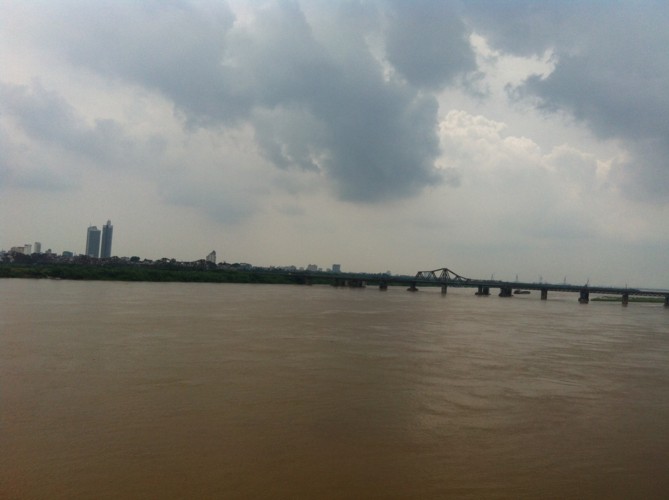
The Long Bien Bridge, the Factorij should have been somewhere in the middle area..
This area was ideally located for sailing, especially towards Bat Trang Chu Dau , villages known for their pottery products . However, I can find about the production of the factory in Tonkin ( the area around Ha Noi ) . No written documentation But there was a lot of activity and trade . The main goods that the Dutch were bought silk , handicrafts and pottery. Trade in Tonkin was very important because of the barriers that the Chinese government instituted during that period. .
In addition, I would like to refer to the very beautifully book "Discovering CRAFT
VILLAGES in Vietnam, ten itineraries around Ha Noi" (***), about all the handicraft villages
around Hanoi with many pictures and good route descriptions .
A question myself very engaged is how about that pottery. Ha Noi had in that time his 'Blue
and White ' period. Coincidentally the same kind of pottery that the Portuguese and Dutch
brought to Europe and that became so popular that they start to copy it Delft, today it is known
as the Delft's Blue.
The most famous was the Blue and White Kraak porcelain that was made for export in China
in the 16th and 17th centuries, but why would the VOC buy it in China if they could get it so
much cheaper in Vietnam? How many Vietnamese porcelain is regarded in Europe for real
Chinese?
Vietnam has a rich history, which is why should visit the Historical Museum. When Huyen
Dao got time, she loves it to take you to the museums and to other beautiful and historical
places in Ha Noi. You can make contact with her by sending a mail to our redaction.
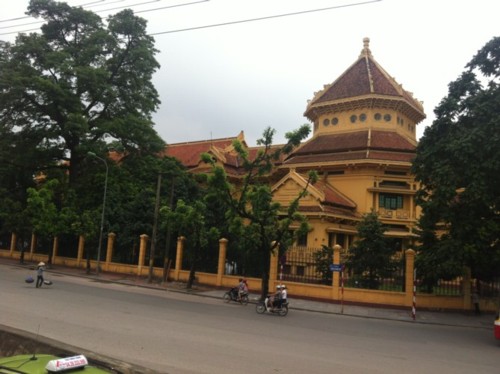
Vietnamese Historical Museum
And Ha Noi has a lot of interesting places, like the Historical museum housed in a beautiful old French building. .
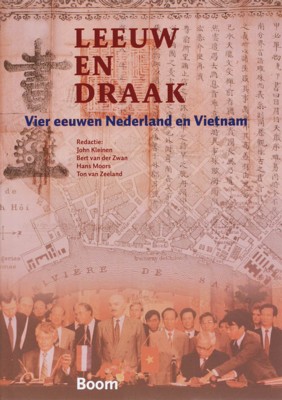
(*)"Lion and Dragon, four centuries of Dutch-Vietnamese relations" Boom.2008, ISBN 9789085065852) editors John Kleinen and others
(**) in our previous bulletin was the history of this lake :
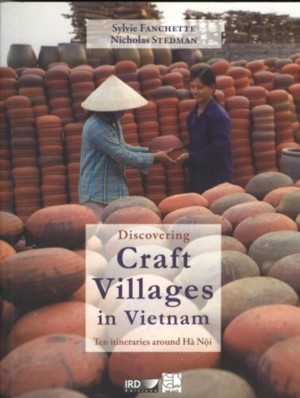
(***) "Craft Villages" Edition IRD / The Gioi , 2009 , ISBN 9782709916714 , editorial & Sylvie Fanchette Nicholas Stedman
